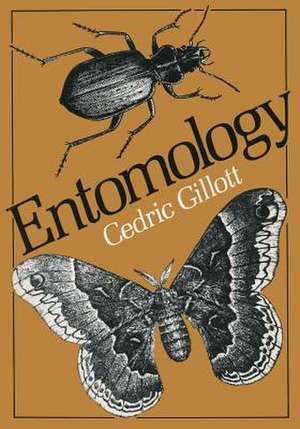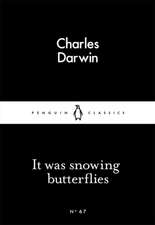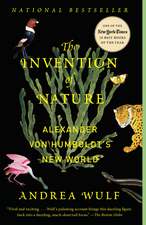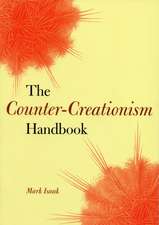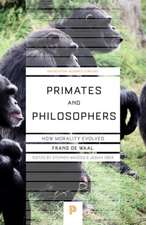Entomology
Autor Cedric Gilloten Limba Engleză Paperback – 15 dec 2012
Preț: 974.35 lei
Preț vechi: 1188.23 lei
-18% Nou
Puncte Express: 1462
Preț estimativ în valută:
186.44€ • 195.06$ • 154.88£
186.44€ • 195.06$ • 154.88£
Carte tipărită la comandă
Livrare economică 02-16 aprilie
Preluare comenzi: 021 569.72.76
Specificații
ISBN-13: 9781461569206
ISBN-10: 1461569206
Pagini: 748
Ilustrații: XVIII, 729 p. 326 illus.
Dimensiuni: 178 x 254 x 39 mm
Greutate: 1.28 kg
Ediția:1980
Editura: Springer Us
Colecția Springer
Locul publicării:New York, NY, United States
ISBN-10: 1461569206
Pagini: 748
Ilustrații: XVIII, 729 p. 326 illus.
Dimensiuni: 178 x 254 x 39 mm
Greutate: 1.28 kg
Ediția:1980
Editura: Springer Us
Colecția Springer
Locul publicării:New York, NY, United States
Public țintă
ResearchDescriere
The idea of writing this book was conceived when, in the late 1960s, I began teaching a senior undergraduate class in general entomology. I soon realized that there was no suitable text for the class I intended to give. The so-called "general" or "introductory" texts reflected the traditional taxonomic approach to entomology and contained relatively little information on the physiology and ecology of insects. This does not mean that there were no books containing such information. There were several, but these were so specialized and de tailed that their use in an introductory class was limited. I hold a strong belief that an undergraduate general entomology course should provide a balanced treatment of the subject. Thus, although some time should be devoted to taxonomy, including identification (best done in the laboratory, using primar ily material which students themselves have collected, supplemented with specimens from the general collection), appropriate time should be given also to discussion of the evolution, development, physiology, and ecology of in sects. In the latter category I include the interactions between insects and Man because it is important to stress that these interactions follow normal ecological principles. Naturally, the format of this book reflects this belief. The book has been arranged in four sections, each of which necessarily overlaps with the others.
Cuprins
1 Arthropod Evolution.- 2 Insect Diversity.- 3 External Structure.- 4 Classification and Identification.- 5 Apterygote Hexapods.- 6 Paleoptera.- 7 The Orthopteroid Orders.- 8 The Hemipteroid Orders.- 9 The Panorpoid Orders.- 10 The Remaining Endopterygote Orders.- 11 The Integument.- 12 Sensory Systems.- 13 Nervous and Chemical Integration.- 14 Muscles and Locomotion.- 15 Gaseous Exchange.- 16 Food Uptake and Utilization.- 17 The Circulatory System.- 18 Nitrogenous Excretion and Salt and Water Balance.- 19 Reproduction.- 20 Embryonic Development.- 21 Postembryonic Development.- 22 The Abiotic Environment.- 23 The Biotic Environment.- 24 Insects and Man.- Author Index.
